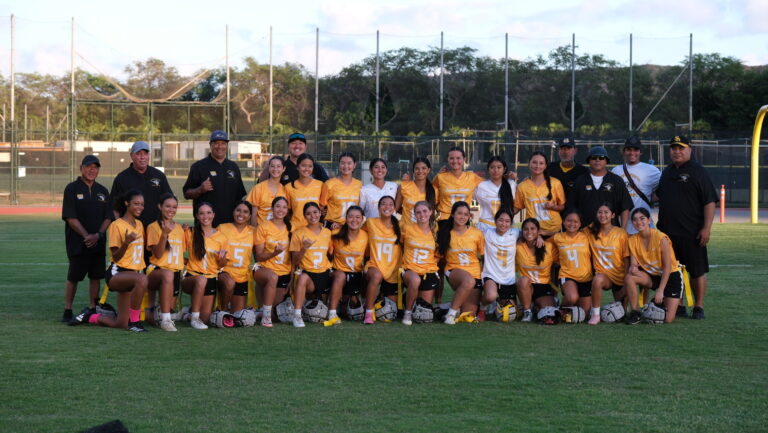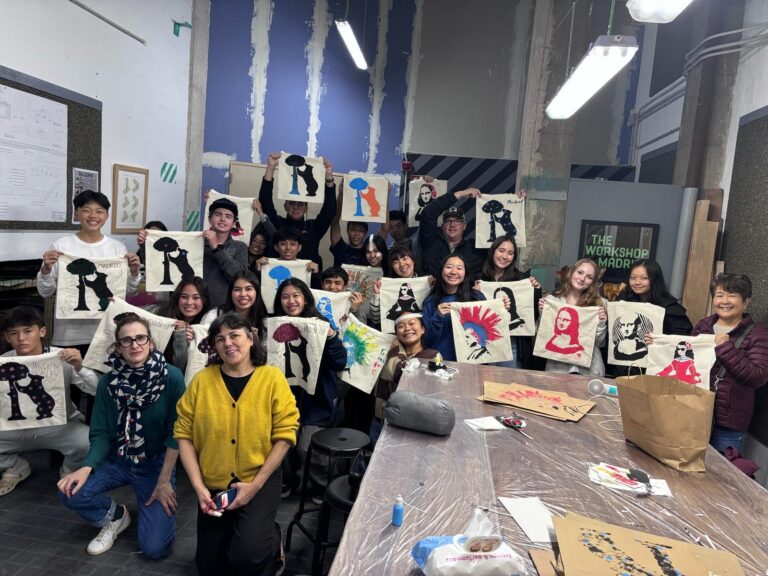Sliced apples, a scoop of rice, half a corn dog and some fries, plus a scoop of pasta. Probably enough for a full meal, as long as you don’t mind it coming from the trash can.
The Eagle Eye decided to conduct an informal food audit to see how much food gets thrown away after lunch at school. We were surprised—just from the trash cans in the mall and cafeteria area— to find enough food to fill almost two whole plates.

Last November, the HBA Environmental Club conducted a more thorough food waste audit. They collected 29 pounds of food waste on the first day and 17 pounds on the second. That equals about 115 pounds of food thrown away every week, which is equivalent to about five whole watermelons. According to the City and County of Honolulu Department of Environmental Services, food waste in Hawaii is estimated to be worth $1 billion per year, and averages 425 pounds per household every year, and $700 per person per year.
The vegetable waste produced by the HBA cafeteria kitchen is regularly collected by the Environmental Club and used for either their hot compost pile or vermicompost bins. The worm bins, located behind the Student Services building, are fed once a week with the food waste and the compost produced by the worm bins is then used in their on-campus campus garden.

Later this year, the Environmental Club hopes to implement daily food waste collection on the high school campus. While they have not made any solid plans for a food waste reduction operation, they are working on a food waste awareness campaign in the near future.







